When people outside Japan hear the word "Nagasaki," they often think only of the atomic bombing. This tragic event seems to have obliterated not only much of the city, but also global awareness about its rich and fascinating past.
Being proposed for UNESCO World Heritage status in 2016 are a collection of historical sites which tell of the city's unique Christian history. These sites bear outstanding witness to Christianity's development within the Nagasaki region over a period of four centuries. They speak of how Christianity briefly flourished there following its introduction in the mid-16th century, of how it was subsequently banned and forced underground, and of how it remarkably resurfaced over two centuries later and was revived with strength and speed across the Nagasaki region following the lifting of the ban on Christianity in 1873.
One reason these sites have been proposed for UNESCO status is owing to their architectural value. The churches that were built after 1873 display a subtle fusion of Western and Japanese architectural techniques, and many also incorporate Japanese details such as sliding doors and window shutters or tatami mat floors. They are also rich in local character. For instance, one depicts images of indigenous flora within its stained glass, while in another the floor around the altar is comprised of blue and white tiles made from a distinctive type of local porcelain.



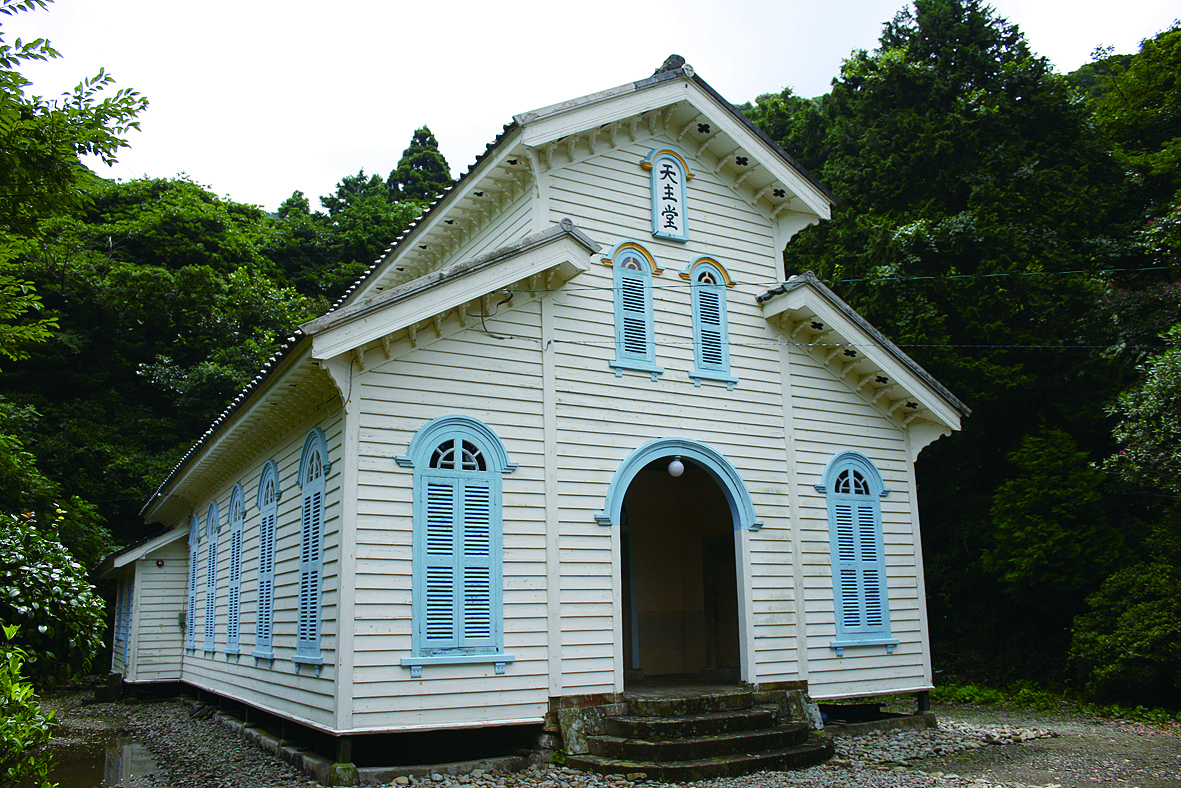


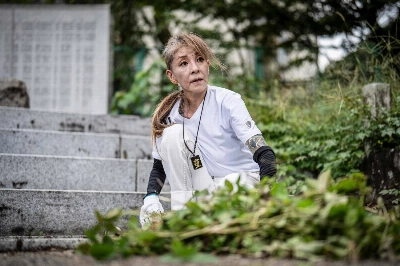

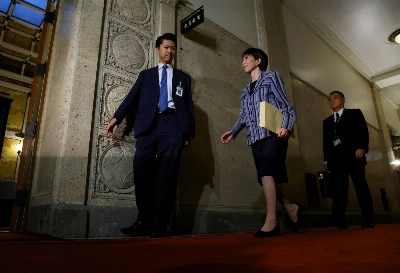

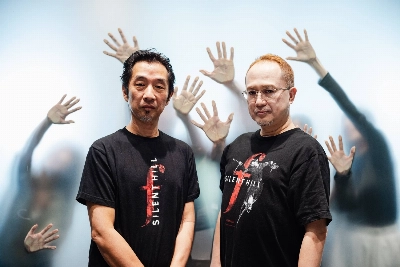


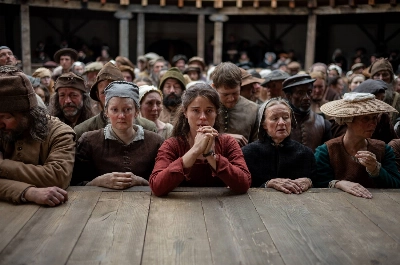





With your current subscription plan you can comment on stories. However, before writing your first comment, please create a display name in the Profile section of your subscriber account page.